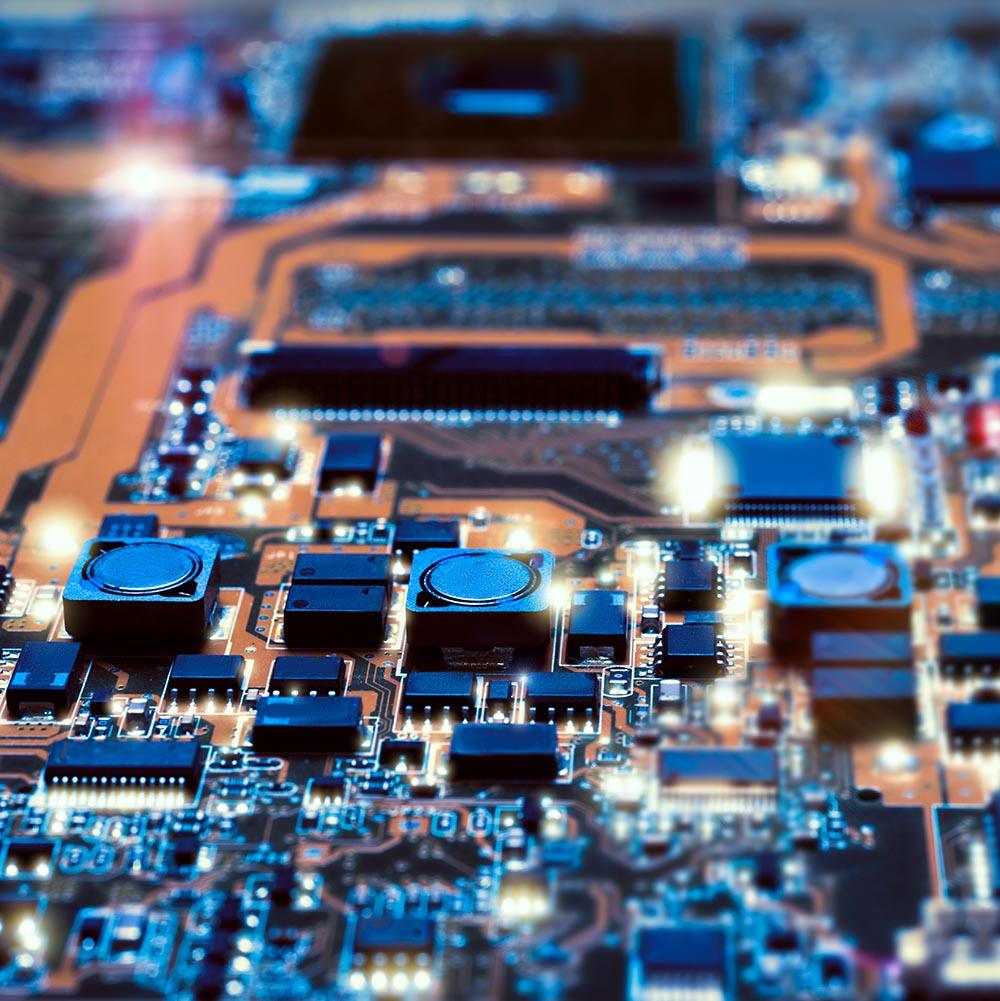
How Do You Cut Printed Circuit Board (PCB) Lead Wires?
When cutting printed circuit board (PCB) lead wires, it's important to follow proper procedures to avoid damaging the board or the components. Here's a general step-by-step guide on how to cut PCB lead wires:
-
Assess the Lead Length: Before cutting any lead wires, determine the appropriate length needed for each lead. Ensure that the leads are long enough to make the required connections but not excessively long, as this can cause interference or make the circuit board assembly bulky.
-
Choose the Right Tools: Select a suitable cutting tool for PCB lead wires. The ideal tool is a pair of flush cutters or precision side cutters. These tools have sharp, flat cutting edges that allow for clean and precise cuts close to the surface of the PCB.
-
Position the Tool: Hold the PCB securely to prevent any movement or flexing while cutting. Position the cutting tool perpendicular to the lead wire you wish to cut, ensuring that the blades are flush against the PCB surface.
-
Cut the Lead: Squeeze the handles of the cutting tool firmly and smoothly to cut through the lead wire. Use a steady, controlled motion to prevent any twisting or bending of the lead.
-
Inspect the Cut: After cutting, visually inspect the lead wire to ensure that it has been cleanly severed and that there are no burrs or protrusions. Burrs or sharp edges can cause shorts or damage nearby components, so it's important to address any irregularities.
-
Repeat for Other Leads: Repeat the cutting process for all the desired leads on the PCB, one at a time. Take care to maintain stability and avoid unintended contact or pressure on other components or traces.
-
Cleanup: Once you have completed the cutting process, it's good practice to clean the PCB to remove any debris or loose lead wire fragments that may have been generated during cutting. Use an appropriate cleaning method, such as compressed air or an anti-static brush, to ensure the board is clear of any potential contaminants.
Always remember to exercise caution when working with PCBs, especially when cutting lead wires. It's advisable to wear appropriate personal protective equipment (PPE), such as safety glasses, to protect your eyes from any flying debris. Additionally, ensure that the PCB is properly grounded and follow ESD-safe procedures to minimize the risk of electrostatic discharge damage.


![Transforming Technologies 7 Gallon Carbon Loaded Waste Basket [4 Pack]](http://esdguys.com/cdn/shop/files/transforming-technologies-esd-waste-basket-4-pack_280x280.jpg?v=1732296357)